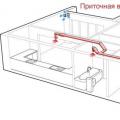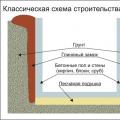Traditionally, a private house is heated by a gas boiler. But what if the site is not connected to the gas main? Or there are interruptions in the gas supply and you want to have insurance for this case? Or you just want to reduce dependence on gas and the state.
In this case, it is necessary to consider the option of alternative heating of the house. And then we will analyze what can be used. What appliances will serve as a full replacement for a gas boiler and provide heating without gas, and which can only be used as a supplement.
What is an alternative heat source
Since traditionally the house is heated by a gas boiler, by alternative heating of the house we will mean any heating device that does not work on gas.
When it's relevant
- You do not have the opportunity to connect to the gas network or it is too expensive;
- You want to reduce dependence on gas and have insurance in case of severe frosts or interruptions in its supply;
- To save on heating. Combining and properly managing heat sources will reduce your heating costs.
Types of alternative energy sources
Conventionally, alternative heat sources are divided into two types:
- Which work in addition to the boiler. For various reasons, they are not able to fully provide the building with heat. The main heating capacity is covered by a gas boiler, while other sources support its operation during peak loads or off-season.
- Which replace gas boiler. These are those heat sources that are able to generate enough heating power to heat the building.
Consider which devices can be used in each case.
Heat pump
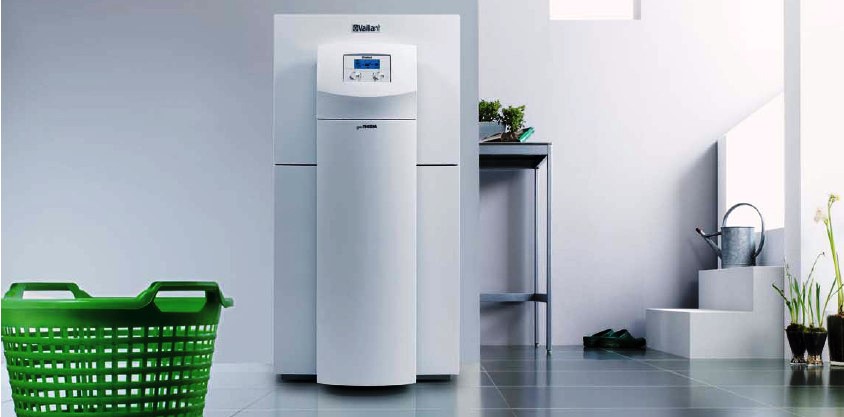
Collectors are ideal for hot water heating in summer, spring and autumn. And in winter they can only be used to support heating.
Fireplace with water circuit
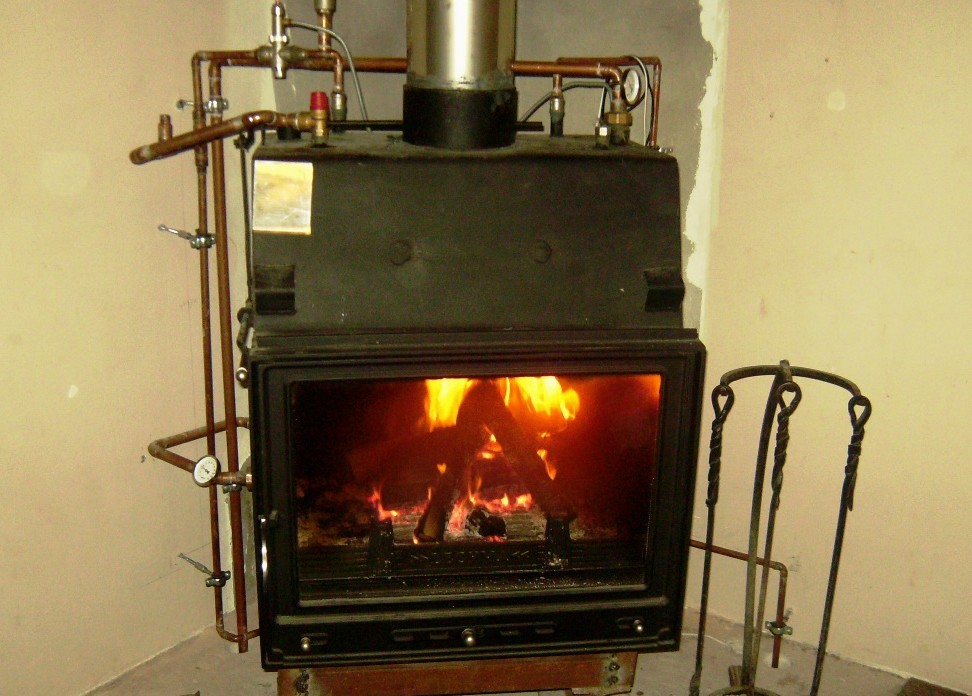
Such a fireplace is a combination of a traditional fireplace and a solid fuel boiler: it is installed indoors and connected to a common heating system. Inside the fireplace there is a container with water, which heats up during the burning of firewood. Due to this, you not only heat the air in the room, but also heat the water in the heating system, which then enters the radiators, floor heating or storage tank.
Theoretically, it can become an alternative to gas heating. But since it does not have an automatic fuel supply and new firewood needs to be thrown in every 2-4 hours, you should not count on it much. If firewood is not added in time, the fire will go out and the house will cool down.
Therefore, such a fireplace should be considered as an addition to the main source of heat.
Conventional air fireplaces
Conventional fireplaces are cheaper and easier to install. For it, it is not necessary to pre-supply a pipe, install a storage tank and provide for thermal protection. It is enough just to allocate a place and build a chimney.
The fireplace only heats the air around it. And to increase its efficiency, you can conduct air channels from the fireplace to each room. Due to this, the fireplace will heat not only the room in which it is installed, but also other rooms where air channels are laid.
The difficulties with an ordinary fireplace are the same: it will not replace a gas boiler, firewood will also have to be regularly thrown up and monitored for combustion. It's a great extra and alternative heat source, but not more.
Pellet fireplace
A pellet fireplace also only heats the air around it. But it has two important advantages:
- It is not necessary to have a chimney in advance. For such a fireplace, a small diameter pipe is needed, which is led into the wall, and not through all the floors of the building.
- There is an automatic fuel supply. That is, you do not need to constantly monitor combustion. It is enough just to maintain the supply of fuel pellets in the bunker. Therefore, a pellet fireplace will do just fine. alternative heating without gas. But from a practical point of view, this is inconvenient: the fireplace is effective locally and heats only the room in which it is installed. It is impossible to use heat on a scale of the whole house.
Of the shortcomings:
- You need access to high-quality pellets that will not clog the burner with soot and burn well.
Air conditioners
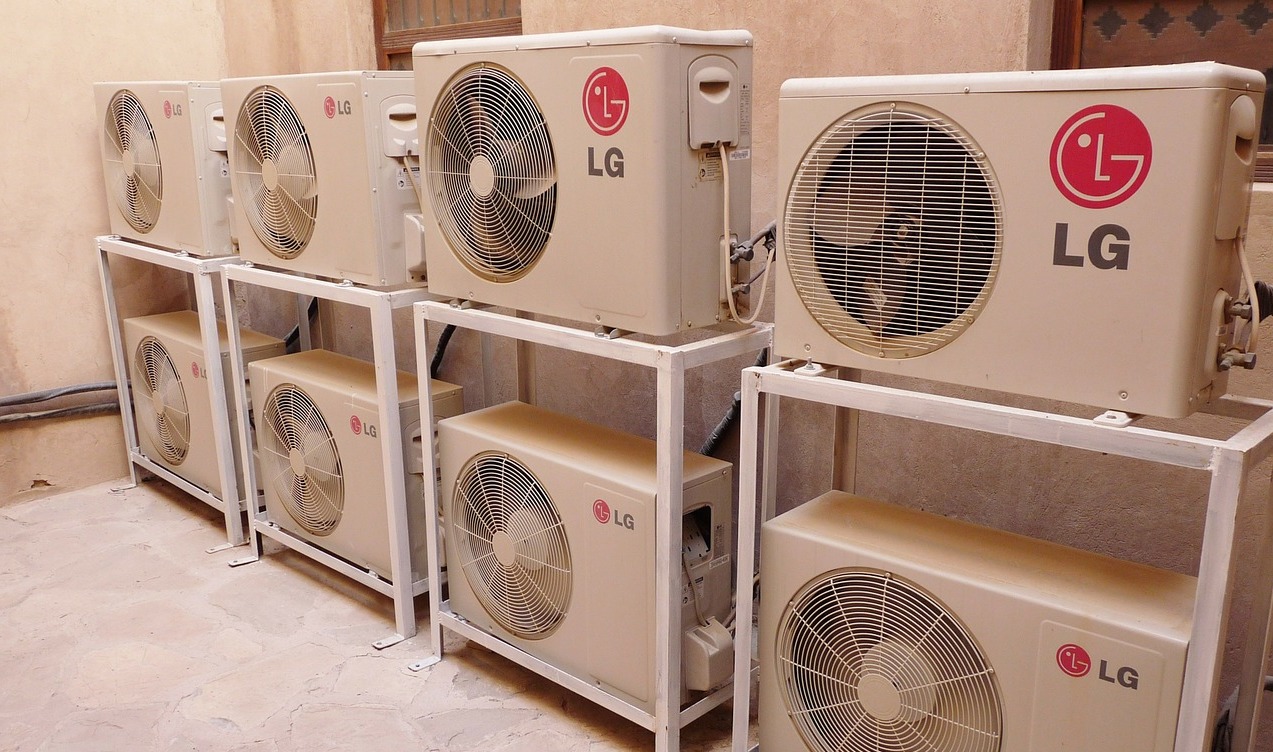
Air conditioning - the most affordable and simple alternative home heating source. You can install one powerful on the entire floor or one in each room.
The most optimal option for using the air conditioner is in late spring or early autumn, when it is still not too cold outside and the gas boiler can not be started yet. This will reduce gas consumption at the expense of electricity and not exceed the monthly rate of gas consumption.
Important points:
- The boiler and air conditioner must be linked to each other to work in pairs. That is, the boiler must see that the air conditioner is working and not turn on while the room is warm. Here you can not do without a wall thermostat.
- Heating with electricity is not cheaper than gas. Therefore, you should not completely switch to heating with air conditioners.
- Not all air conditioners can be used at zero and frost.
Hidden heat leaks of a private house
To be less dependent on gas, you need to work on the energy efficiency of the building. Read about possible hidden heat leaks in a private home.
- which you may not be aware of.
- that make your home colder.
Personal experience
I use four heat sources to heat my house: a gas boiler (main), a fireplace with a water circuit, six flat-plate solar collectors and an inverter air conditioner.
Why is it needed
- Have a second (reserve) source of heat if the gas boiler fails or its capacity becomes insufficient (severe frosts).
- Save on heating. Due to different heat sources, you can control the monthly and annual gas consumption rate so as not to switch to a more expensive tariff.
Some statistics
The average gas consumption in January 2016 is 12 cubic meters per day. With a heated area of 200m 2 and an additional basement.
Fluctuations in consumption by day during the month are associated with different outdoor temperatures and the presence of the sun: on sunny days, collectors work, and gas consumption decreases.
conclusions
Heating without gas maybe. Some heat sources serve as a full-fledged replacement for a gas boiler, while others can only be used in addition. For convenience, let's combine everything in a table:
There are other alternative ways to heat a building that are not included in the list: stoves, buleryans, electric boilers and other heating devices.
And, of course, it is important to remember that installing other heat sources is not the only way to save gas and reduce dependence on it. It is necessary to work on improving the overall energy efficiency of the building: to identify and eliminate all heat leaks, to use heat more rationally and to minimize heat losses from the building.
Heating without gas: 7 alternative heat sources for a private house

